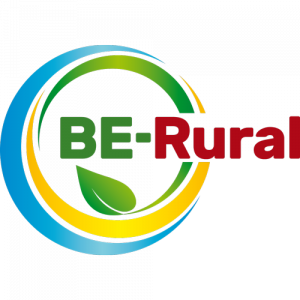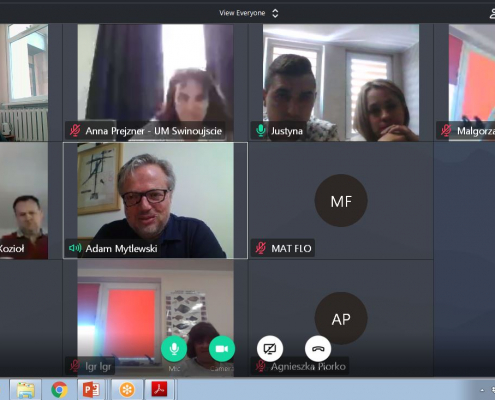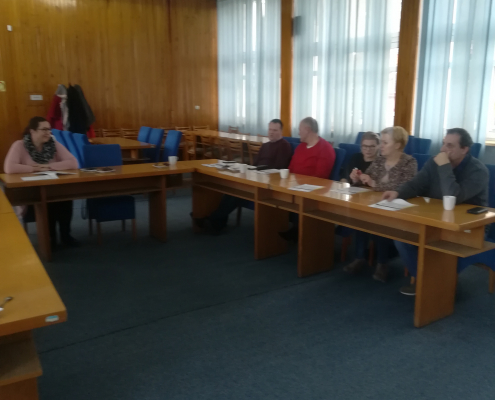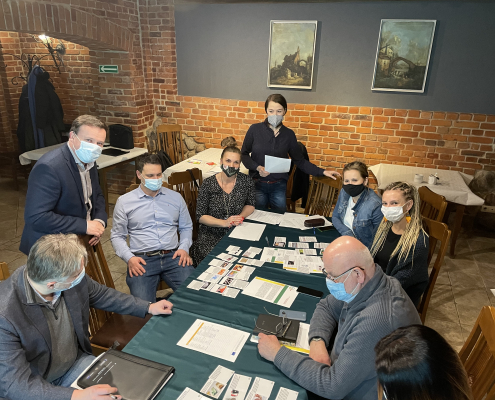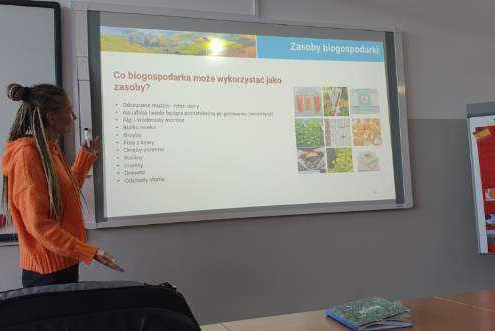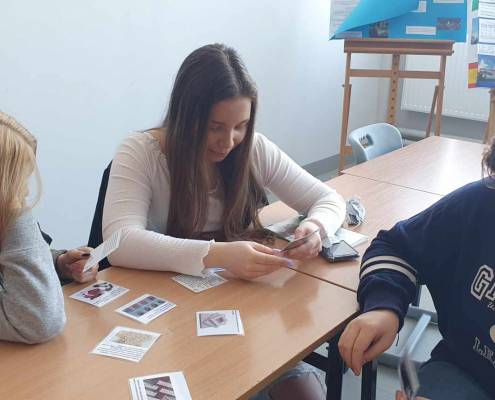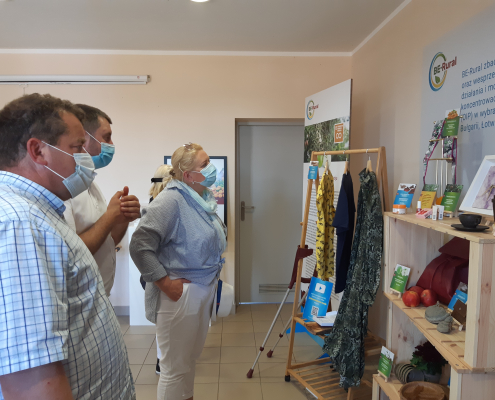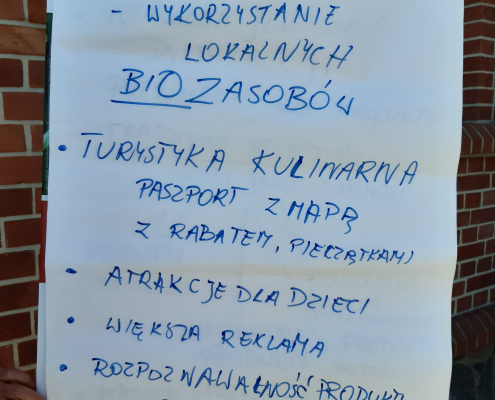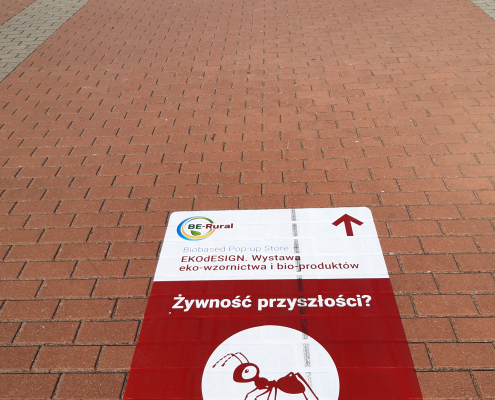In Poland, the BE-Rural project will cover two separate regions with similar economies – Szczecin Lagoon and Vistula Lagoon. Both regions are located in coastal areas on the periphery of relatively large cities (Szczecin and Elblag, respectively). In both cases, the fishing area is divided by a state border. In the case of the Szczecin Lagoon, it is a border within the European Union (Mecklenburg-Vorpommern in Germany). The area of water surface in Szczecin Lagoon is 687 km2, with the Polish part covering 410 km2. Vistula Lagoon has a surface of 838 km2, with more than half of the area belonging to Russia. At the moment there is no joint transboundary water management plan between Poland and Russia.
Several Fishery Local Action Groups (FLAGs) exist in both regions and provide an excellent starting point for a closer cooperation to better utilize the low value fish species populating the Lagoons.
The area of Szczecin Lagoon is surrounded by four municipalities represented by FLAG “Zalew Szczeciński” and 2 unincorporated municipalities. Vistula Lagoon region is surrounded by 3 coastal municipalities represented by FLAG “Rybacka Brać Mierzei” and 3 municipalities represented by FLAG “Zalew Wiślany”. The mentioned FLAGs are partner institution of NMFRI. Overall, more than 200.000 people inhabit the rural areas who mainly work in fisheries or tourism.
National and regional bioeconomy strategies
Poland does not have a national bioeconomy strategy, but bioeconomy development is mentioned in the “Regional Strategy of Smart Specialization Development in West Pomeranian Voivodship” (Szczecin Lagoon).
